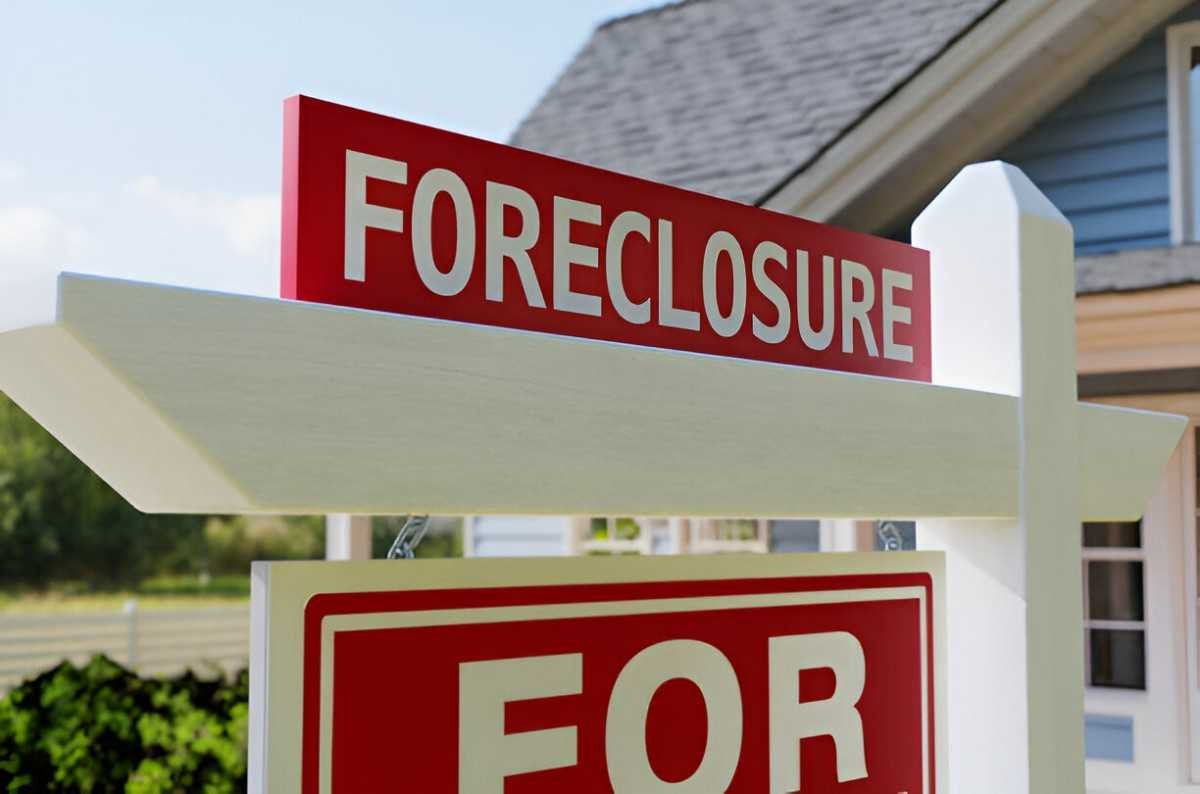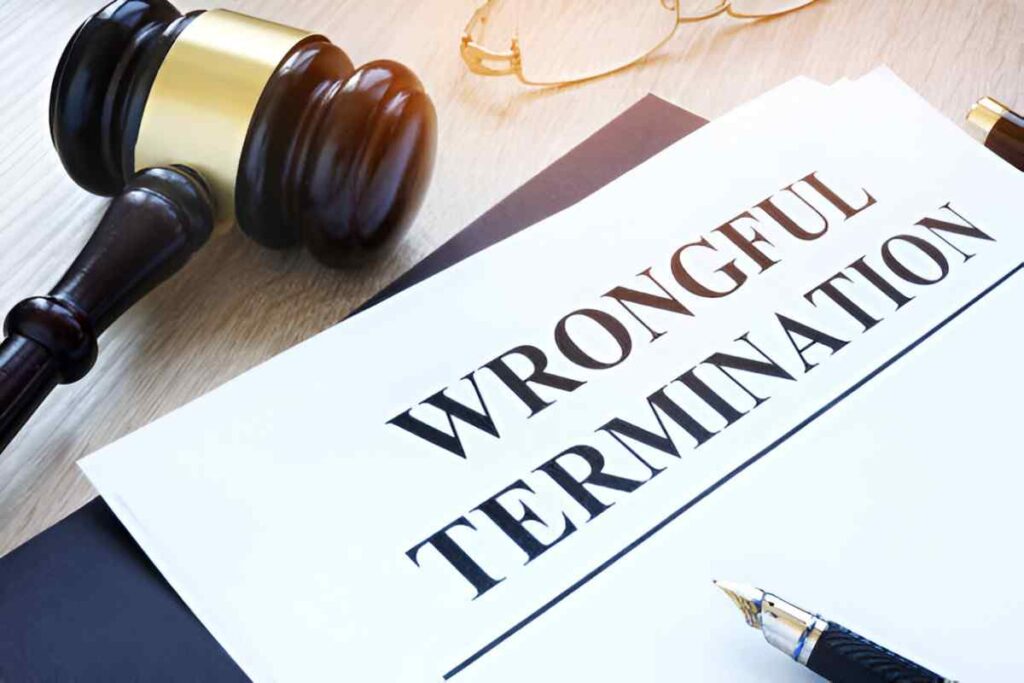Foreclosure refers to a legal process through which a lender seizes a property from a borrower who has failed to keep up with mortgage payments. It typically occurs when the borrower defaults on the loan, leading to the lender taking ownership of the property to recover the outstanding debt.
Table of Contents
Key Aspects of Foreclosure
- Legal Process: Foreclosure involves legal proceedings initiated by the lender to enforce its rights as stipulated in the mortgage contract.
- Property Seizure: If the borrower cannot rectify the default through payment or negotiation, the lender gains ownership of the property through a court-ordered sale or auction.
- Impact on Borrower: Foreclosure adversely affects the borrower’s credit score, financial stability, and ability to secure future loans.
Understanding the Foreclosure Process
Initiation and Notice
- Default: The borrower misses several mortgage payments, leading the lender to initiate foreclosure proceedings.
- Notice: The lender sends a formal notice of default to the borrower, detailing the amount owed and providing a grace period for payment or resolution.
Legal Proceedings
- Lawsuit: If the borrower fails to resolve the default, the lender files a lawsuit to foreclose on the property, seeking court approval to proceed with the sale.
- Judicial vs. Non-Judicial Foreclosure: Depending on state laws, foreclosures may be conducted through court (judicial) or without court involvement (non-judicial).
Auction or Sale
- Foreclosure Auction: The property is sold at a public auction, typically to the highest bidder. The proceeds go towards paying off the mortgage debt and associated costs.
- Ownership Transfer: If the property does not sell at auction, the lender may take ownership (REO – Real Estate Owned) and sell it through a real estate agent.
Example of Foreclosure
John purchases a home with a mortgage but loses his job and is unable to make monthly payments. After several missed payments, the lender sends a notice of default, giving John a chance to catch up on payments. Unable to do so, the lender proceeds with foreclosure, selling the house at auction to recover the outstanding debt.
In this example:
- Default: John misses mortgage payments due to financial hardship.
- Notice: Lender notifies John of default and gives him an opportunity to resolve the situation.
- Foreclosure: Lender initiates legal proceedings and sells the property at auction to recover the debt.
This scenario demonstrates how foreclosure is initiated due to borrower default, leading to legal proceedings and eventual property seizure to satisfy the outstanding mortgage debt.
Impact of Foreclosure
Financial Consequences
- Credit Score: Foreclosure significantly lowers the borrower’s credit score, making it difficult to obtain credit in the future.
- Personal Finances: It can disrupt the borrower’s financial stability and lead to challenges in finding alternative housing.
Legal and Emotional Stress
- Legal Proceedings: Foreclosure involves complex legal procedures, potentially leading to stress and uncertainty for the borrower.
- Emotional Toll: Losing one’s home can have profound emotional impacts on individuals and families.
Community and Economic Effects
- Housing Market: Foreclosures can impact local housing markets, affecting property values and neighborhood stability.
- Economic Impact: It contributes to broader economic issues, including financial sector stability and consumer confidence.
Avoiding Foreclosure
Options for Borrowers
- Loan Modification: Negotiating with the lender to modify the loan terms, such as reducing monthly payments or interest rates.
- Refinancing: Replacing the existing mortgage with a new loan that offers more favorable terms.
Government Assistance
- Foreclosure Prevention Programs: Federal and state governments offer programs to assist struggling homeowners, providing resources and guidance to avoid foreclosure.
- Legal Aid: Seeking legal assistance to understand rights and options in foreclosure proceedings.
Conclusion
Foreclosure is a legal process initiated by lenders when borrowers fail to meet mortgage obligations, leading to property seizure and sale to recover debts. It impacts borrowers financially, emotionally, and socially, affecting credit scores, personal stability, and community dynamics. Understanding the foreclosure process, its consequences, and available options for borrowers is crucial for navigating financial challenges and safeguarding homeownership. By exploring preventive measures and seeking support, borrowers can potentially mitigate the risks of foreclosure and protect their homes and financial well-being in challenging times.





